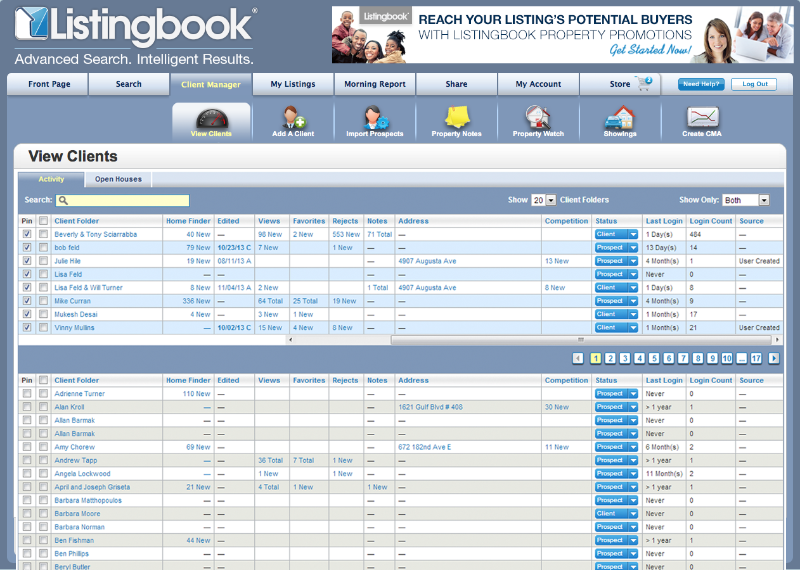You are viewing our site as an Agent, Switch Your View:
Agent | Broker Reset Filters to Default Back to ListHow to Identify and Nurture More Warm Leads
June 05 2016
 Agents and brokers can spend hundreds or even thousands of dollars a month on online leads. Some of these leads pan out, but the vast majority are either cold to begin with, or lukewarm at best.
Agents and brokers can spend hundreds or even thousands of dollars a month on online leads. Some of these leads pan out, but the vast majority are either cold to begin with, or lukewarm at best.
However, that doesn't mean these leads have no value. Just because they may not be ready to buy today doesn't mean they won't be ready next month or six months down the line. For agents, the key is nurturing those cold leads and being able to identify when they're ready to buy.
So how does one tell when a consumer is ready to jump into the market? The trick is to monitor how they interact with your drip marketing emails and how they behave on your website, your property search app, and other similar tools.
Today, we're going to look at a few "tells" that signal that your lead may be ready to make the jump to client in the near future.
How to Tell When a Lead is Warming Up
First things first: to be able to monitor your leads, they must be signed up for your drip emails, or be registered users of your website, mobile app, or other tool. For drip campaigns, this can be as simple as importing your contacts into your CRM or drip marketing platform. Some solutions, like Listingbook, who we'll be using as an example later in this article, make importing contacts and assigning them to nurture campaigns easy. For website and mobile users, consumers will need to sign-up of their own volition. You can, however, encourage them to do this via your nurture campaigns!
To identify leads who are ready to enter the market, look for these three signals:
-
Frequency of use. Consumers who search for properties on your website or mobile app once or twice a day are better prospects than those who search once a week or once a month. Daily visitors are deep in the buying cycle.
-
Narrow saved searches. Plenty of your users may save searches, but the ones that have very broad saved searches--multiple price ranges in multiple towns--are not high quality leads. Consumers that have narrowed their search to a particular neighborhood, school district, or a tight price range are more likely to be close to buying.
-
Saved favorite properties. When a consumer begins to track or save properties, it is likely that they are honing in on buying targets. Reach out to the consumer and ask them if they would like you to help refine their search. You can even offer a tour of the home or homes that they like.
Here's an example of what this information looks like to agents in Listingbook, a client nurturing and property search solution:

We're using Listingbook as an example here because they offer robust property search capabilities along with a client dashboard that gives the agent full, real time insight into all client/prospect search activity, as well as email nurture features--and email is another great way to gauge the "readiness" of your contacts.
Email recipients who have clicked on links to properties, for example, should be followed up with, or at least monitored closely for other behavior that may signal their growing interest in buying a home. If your email platform can track who has shared articles in your newsletter or forwarded it to others, follow up with those leads, too. Even if they're not ready to buy or sell a home soon, their sharing behavior demonstrates that they're highly engaged.
Monitoring the activities of your leads means you can reach out right when they're most likely to want to hear from you. This eliminates the potential awkwardness of the "cold" call or email to someone who may not want to speak with a salesperson just yet. It also gives you the opportunity to be of service to your contacts by offering valuable advice or assistance with their home search.
What methods do you use identify a contact who is ready to enter the market? Share your thoughts in the comments below!









